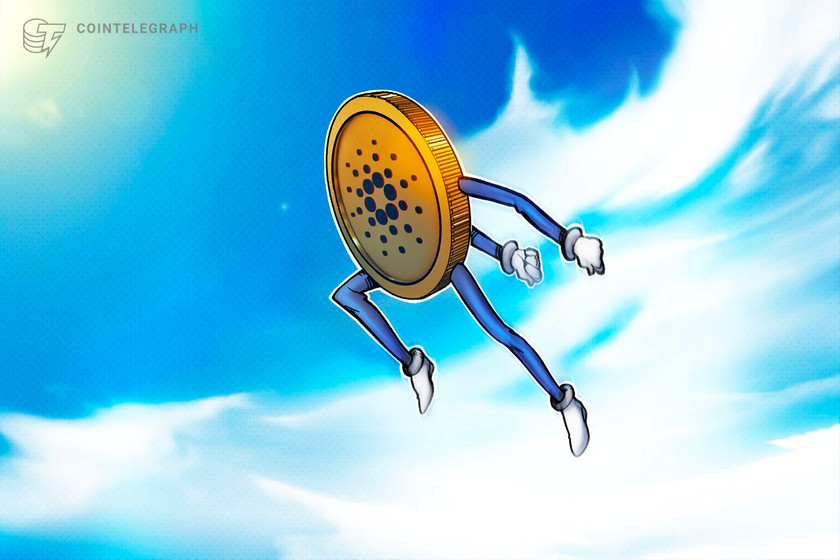Circle launches cross-chain USDC transfer protocol for Ethereum, Avalanche
The new protocol burns coins on the sending chain, and mints new ones on the receiving chain.
494 Total views
32 Total shares

Own this piece of history
Collect this article as an NFT
Circle, the creator of US Dollar Coin (USDC), has launched a mainnet protocol that lets users transfer USDC between Ethereum and Avalanche, according to an April 26 announcement. Previously, Avalanche users who held USDC on Ethereum had to deposit their coins with a Circle partner or use a third-party bridge to transfer their USDC from one network to the other. The new Cross-Chain Transfer Protocol (CCTP) protocol appears to do away with this need for USDC bridges.
The team released a video on April 13 showing how the new protocol works. Unlike a traditional bridge, it doesn’t lock tokens sent to its contract. Instead, it completely destroys them and issues new tokens on the receiving network. Users can redeem these new tokens for bank deposits directly, by depositing the tokens with Circle or its partners.
In the announcement, the team said that it expects CCTP to solve the problem of “fragmentation” in the Web3 ecosystem. Currently, there are multiple unofficial versions of USDC floating around on various networks, most of which are the result of tokens on one network being bridged to another. Now that there is an official way to transfer coins from one network to another, the team expects these unofficial copies to slowly decline in use, making the token less confusing to use.
The team said that many of the largest cross-chain protocols have already pledged to use CCTP going forward, including Celer, Hyperlane, LayerZero, LI.FI, MetaMask, Wormhole and others.
Related: VISA will facilitate USDC payments, thanks to fresh partnership
Joao Reginatto, Circle’s vice president of product, said he believes the new protocol will help improve liquidity and capital efficiency in decentralized finance:
“With CCTP, developers can simplify the user experience and their users can trust that they are always transacting with a highly liquid, safe and fungible asset in native USDC.”
USDC is a fiat-backed stablecoin issued by Circle. The company claims that each USDC token is backed dollar-for-dollar in its reserves. Users can mint USDC by opening an account and depositing cash with either Circle itself or one of its partners, such as Coinbase. Once they’ve done this, they can receive the coin on several networks, including Ethereum, Avalanche, Stellar and Polkadot.
Users have lost billions of dollars worth of USDC and other cryptocurrencies due to bridge hacks over the past few years, as attackers have repeatedly figured out how to remove locked coins from bridge contracts and leave their copies on the receiving network with no backing. This has left developers wondering how to secure bridges for future use as digital assets become more mainstream.









